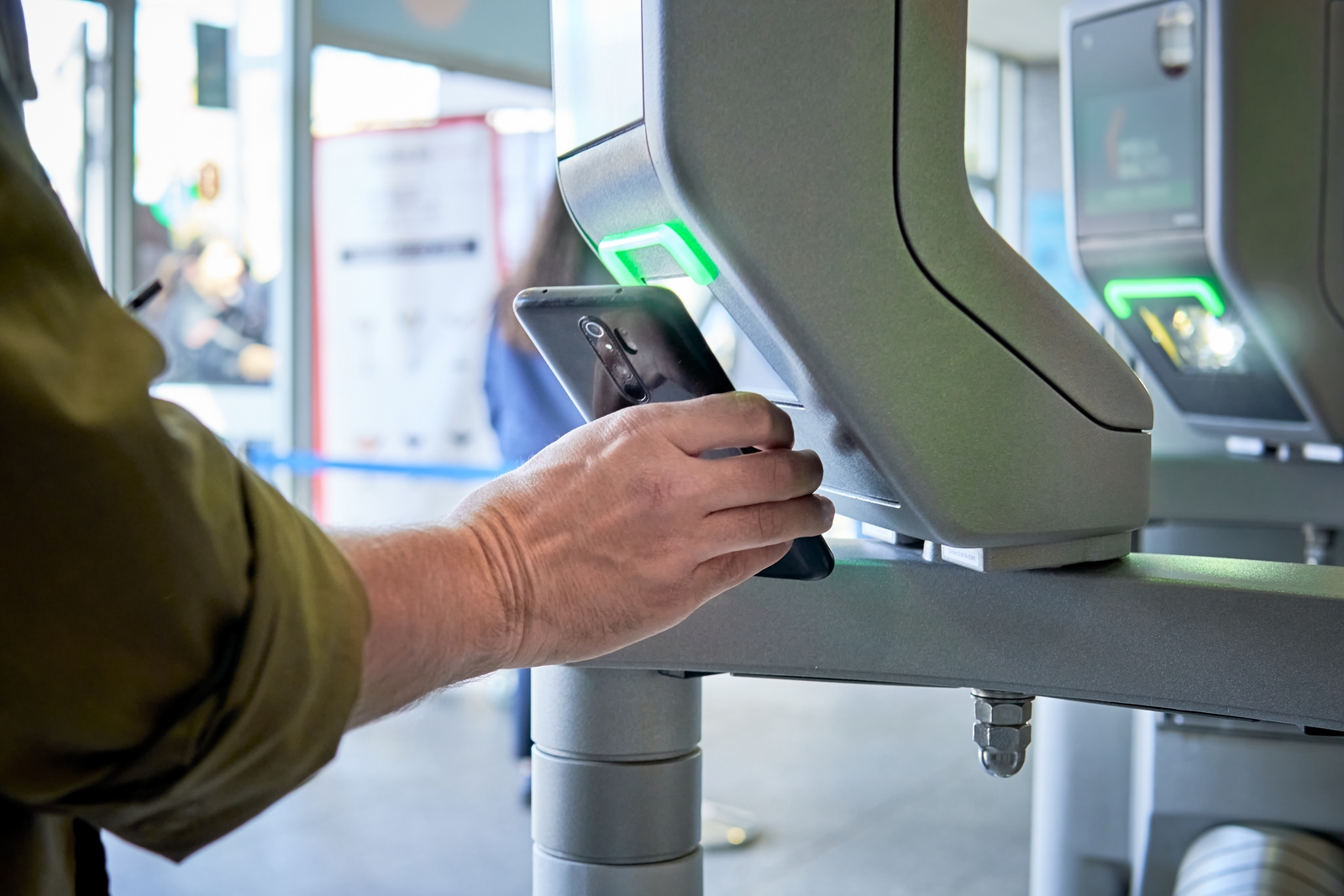
Travelers often look for ways to streamline their airport experience, especially when it comes to navigating the time-consuming customs and immigration checkpoints. While Global Entry is a popular solution for those willing to pay for expedited processing, there’s a lesser-known, free alternative that offers similar convenience: Mobile Passport Control (MPC).
This app, available to both U.S. and Canadian citizens, simplifies the process by allowing passengers to bypass traditional paper customs declaration forms and avoid long lines in airports and cruise terminals. Originally launched as the Mobile Passport app by Airside Mobile, this service has been rebranded and is now managed by the U.S. Customs and Border Protection.
Despite its benefits and ease of use, MPC remains under the radar for many travelers. Let’s dive into how Mobile Passport Control works, who can use the app, and why it may just be the travel tool you’ve been missing.
How to use Mobile Passport Control

The Mobile Passport Control app is quite easy to use. Before your flight or cruise, just download the app and make sure you can connect to a WiFi or data signal. Once you arrive at your destination, complete the online form, entering information such as your passport number, birthdate, name, gender, and citizenship status.
Using encryption and your mobile device’s security features like a PIN or touch/face ID, the app requires you to take a photo and answer any necessary customs questions. This data is then transmitted to the U.S. Customs and Border Protection.
When entering the immigration area, you will often be allowed to join a shorter line designated for MPC users. When you scan your passport at the immigration counter, your information is automatically retrieved, saving you valuable time and allowing you to get on your way.
Who can use the Mobile Passport Control app?

Mobile Passport Control is currently available for:
- U.S. citizens
- Lawful permanent residents
- Canadian B1/B2
- Returning Visa Waiver Program applicants
If you already have TSA PreCheck or Global Entry, then you are not provided entry via the Mobile Passport Control app. However, you can use the MPC app as an alternative if you prefer to do so.
Where can you use the Mobile Passport Control app?

Mobile Passport Control is currently available at 51 sites. This includes 33 U.S. airports, 14 Preclearance locations, and 4 seaports of entry. A few of the biggest airports offering this service include Chicago (ORD), Dallas/Ft Worth (DFW), Los Angeles (LAX), New York (JFK), Newark (EWR), and Washington Dulles (IAD). The seaports accepting MPC include Fort Lauderdale (PEV), Miami (MSE), San Juan (PUE), and West Palm Beach (WPB).
The bottom line

For international travelers returning to the United States, the Mobile Passport Control app offers a compelling alternative to Global Entry. While Global Entry comes with an extra cost and a lengthy application process, MPC is free and quick to set up. By handling administrative tasks before reaching the Customs and Border Protection officer, MPC enhances the efficiency of the inspection process, reducing passport control inspection time and cutting down on overall wait times.



